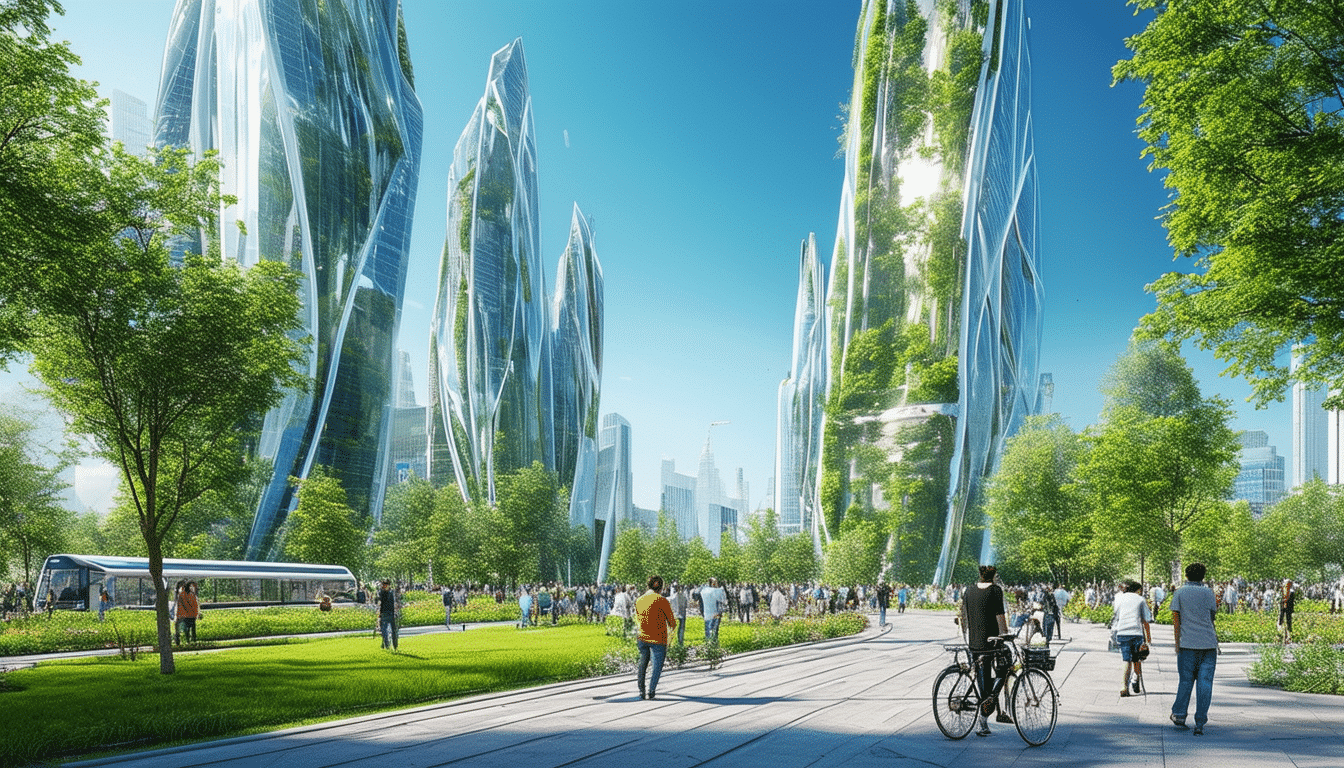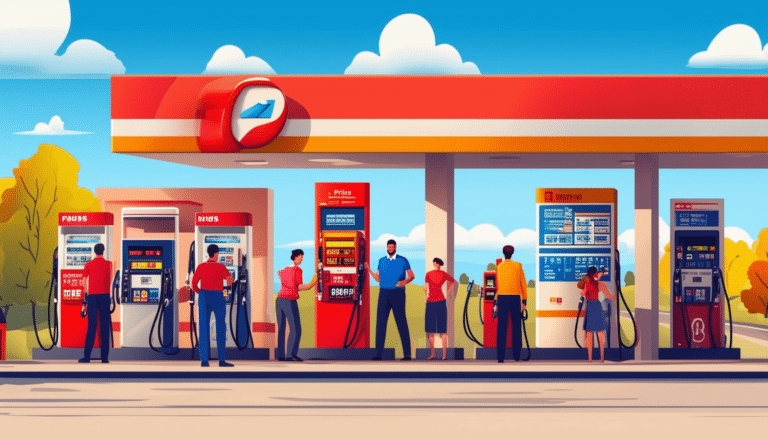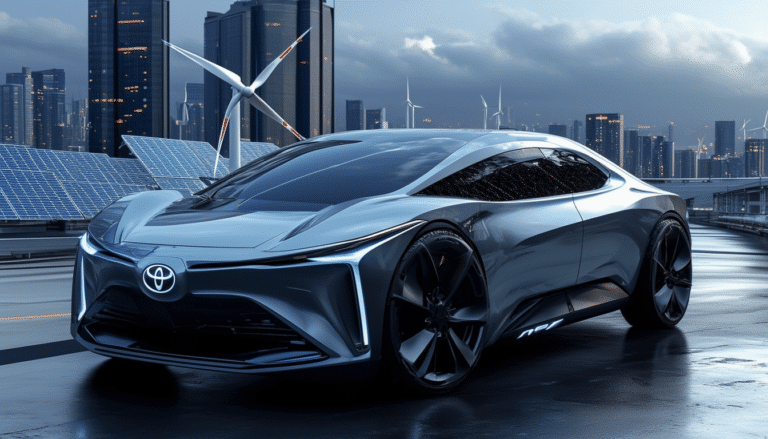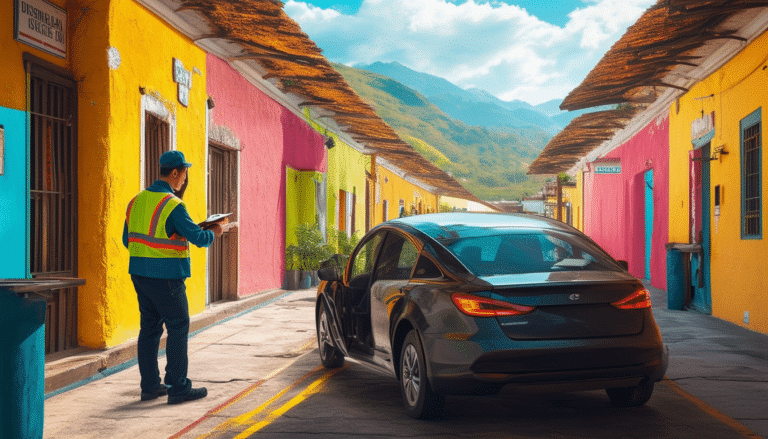How urban planning can help reduce fuel spending

Urban planning plays a fundamental role in reducing fuel consumption. Through effective strategies, it is possible to transform how people move, favoring more sustainable options such as public transportation, walking mobility, and biking. A conscious approach to organizing urban space not only optimizes routes, minimizing the need to use private cars, but also encourages the development of more sustainable communities, where residents can enjoy easier access to services and reduce their dependence on fossil fuels.
Urban planning plays a fundamental role in reducing fuel consumption by optimizing city design to encourage the use of more sustainable alternatives to private transport. By implementing strategies that prioritize public transport, pedestrian routes, and cycling infrastructure, dependence on the car can be reduced and, consequently, fuel demand can be lowered. This article explores how a comprehensive approach to urban planning can achieve significant fuel savings.
Promoting public transportation
One of the most effective strategies for reducing fuel consumption is to promote the use of public transportation. By improving the accessibility and frequency of buses and trains, the use of private vehicles can be discouraged. Cities that invest in expanding their public transport network and the comfort of users see a decrease in traffic congestion and better use of energy resources.
Designing efficient routes
Planning efficient routes is essential to maximize fuel savings. By considering factors such as avoiding traffic and selecting shorter paths, smoother and less costly driving can be achieved. Using advanced navigation technology also helps drivers find the best routes, resulting in more efficient fuel use.
Bicycle and pedestrian infrastructure
Encouraging the use of the bicycle and walking is another crucial aspect of urban planning. By creating safe and accessible bike lanes, as well as priority pedestrian pathways, cities can encourage their residents to opt for these alternatives instead of relying on motorized vehicles. In the long term, this not only reduces fuel consumption but also improves air quality and the overall health of the population.
Carpooling and shared transportation alternatives
The implementation of carpooling programs and other forms of shared transportation can also have a significant impact on fuel consumption. By encouraging multiple individuals to share the same vehicle, the number of cars on the road is reduced, resulting in less fuel consumption and emissions. Such initiatives are key in an urban environment where durability and sustainability are increasingly necessary.
Examples of sustainable neighborhoods
The creation of sustainable communities, such as the Culdesac neighborhood in the United States, demonstrates how urban design focused on non-motorized mobility can transform people’s relationship with transportation. These spaces minimize dependence on cars, promoting a healthier and more sustainable lifestyle.
Education and awareness about fuel use
For urban planning initiatives to be effective, it is crucial that citizens are informed about their impact on fuel consumption. Educational initiatives that explain how efficient driving and the use of public transport can help save fuel foster a culture of sustainability in which everyone participates. By raising awareness of the advantages of these practices, greater community adherence can be achieved.
Implementation of sustainable technologies
The advancement of technology also offers valuable tools for urban planning. Consulting with telematics systems and software tools that allow for better route management can mean considerable savings in fuel consumption. Transportation fleets that employ optimized technological solutions report significant reductions in their operating costs.
The carsharing revolution
Carsharing is becoming a popular alternative that helps decrease the number of private vehicles on the streets. This approach not only saves fuel but also reduces the need for parking spaces, allowing for more efficient use of urban land.
Tips for optimizing fuel consumption
In addition to urban planning, there are individual strategies that can contribute to reducing fuel consumption. The DGT offers guidelines to help drivers be more efficient, such as maintaining a constant speed and performing regular vehicle maintenance. Together with these practices, urban planning creates a more conducive environment for lower fuel consumption.
Future challenges and opportunities
Although urban planning presents numerous benefits in terms of fuel savings, it also faces challenges. Resistance to change, costs, and the lack of effective policies are obstacles to consider. However, the future offers innovative opportunities, such as the integration of green technologies and the design of adaptive infrastructures that align with community needs.
The combination of approaches in urban planning, as well as the promotion of sustainable alternatives to transportation, can make a significant difference in fuel savings. On the road to a more sustainable future, each of these elements will contribute to creating an environment where fuel consumption is minimized, benefiting both the economy and the environment.
Urban planning plays a critical role in sustainability and in reducing fuel consumption. A key strategy is to promote the use of public transportation, which can be more energy-efficient compared to private cars. By designing more compact cities, where services and job opportunities are located within accessible distances, the need for lengthy commutes that typically generate high fuel consumption is reduced.
Additionally, the implementation of bicycle paths and adequate pedestrian spaces not only promotes more sustainable forms of mobility but also triggers a cultural shift towards the use of less polluting alternatives. This infrastructure reduces dependence on cars, decreasing traffic and, therefore, fuel consumption.
On the other hand, effective route planning is crucial. Integrating navigation solutions that optimize vehicle trajectories avoids unnecessary detours and reduces travel time. This translates into fewer congestion moments and fewer stops, factors that directly impact fuel consumption.
Finally, considering the use of clean technologies, such as electric vehicles and carpooling systems, within the framework of urban planning is essential to emphasize a genuine commitment to sustainability. Cities must adopt policies that support communal spaces that allow for efficient connectivity between all transportation alternatives, making the transition to cleaner mobility viable and effective.





